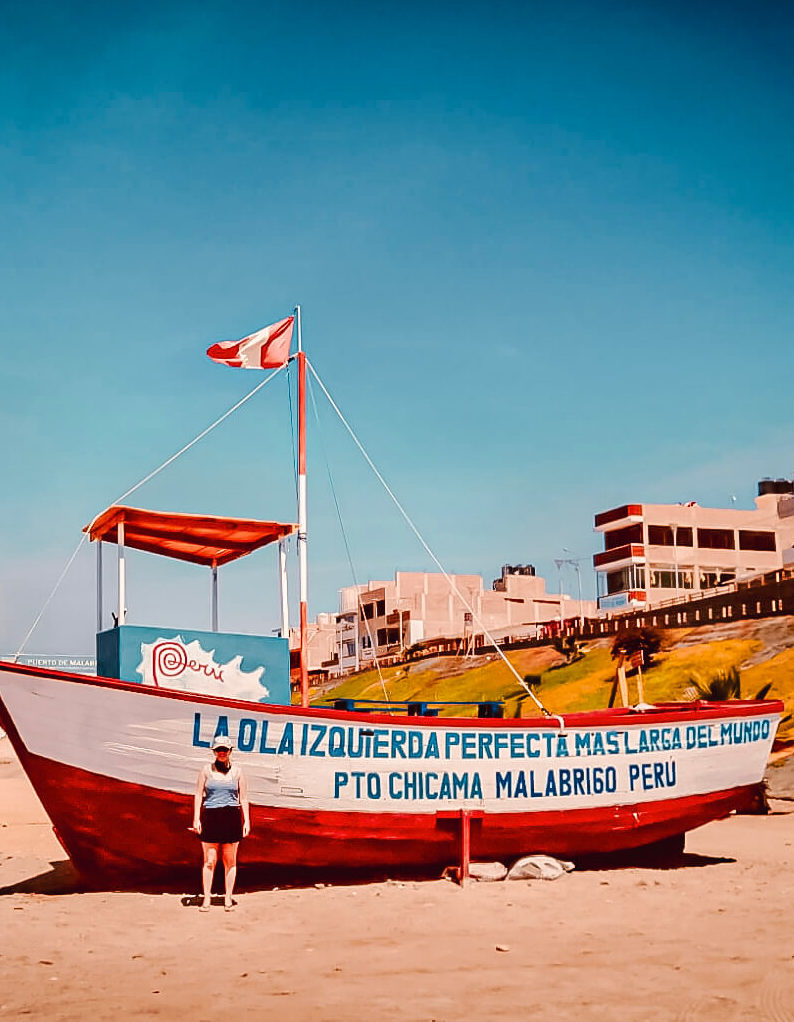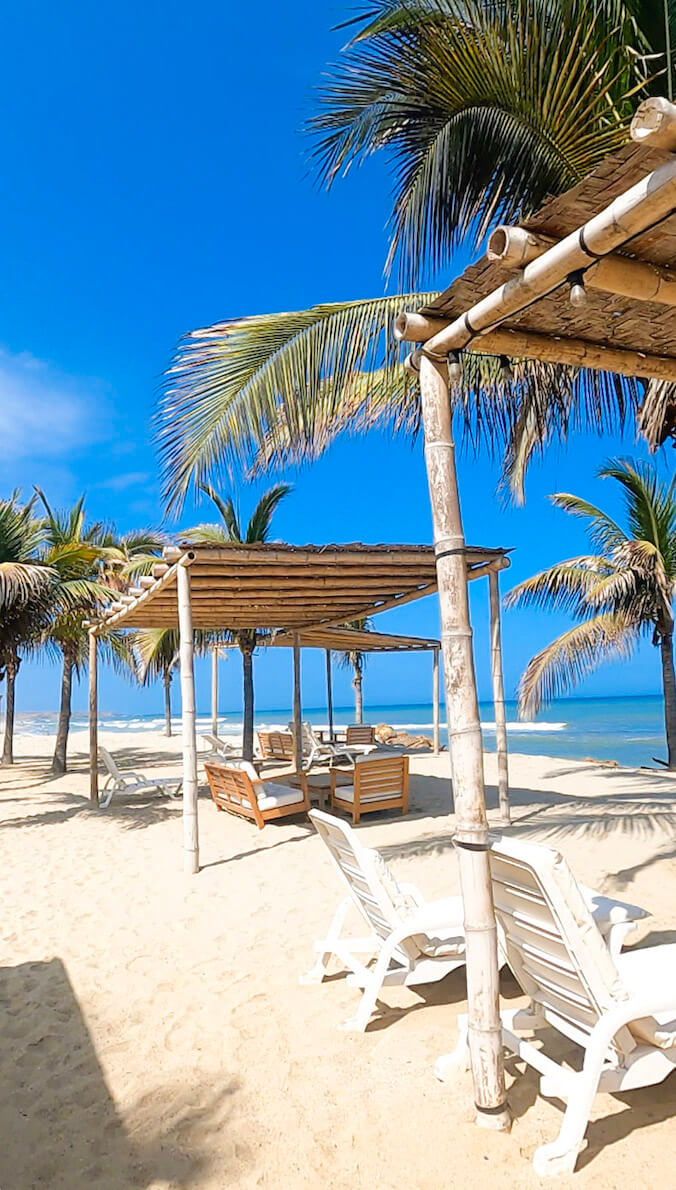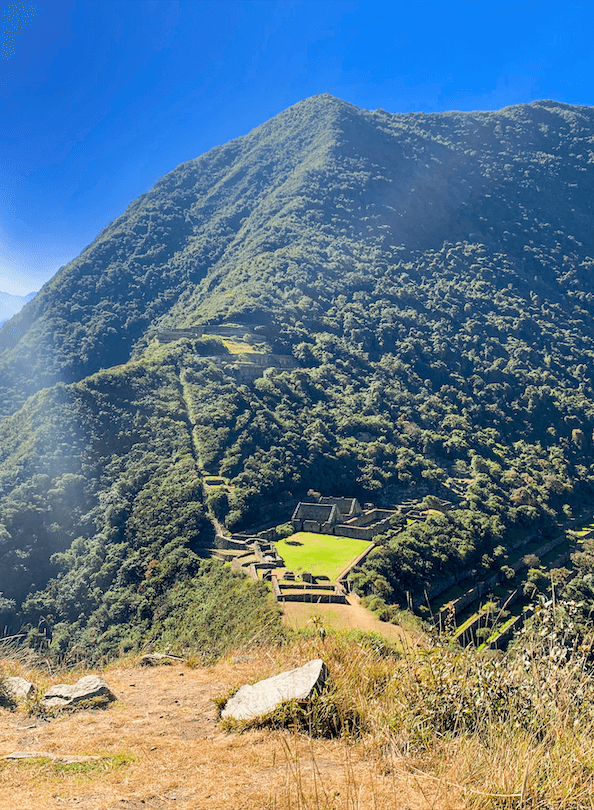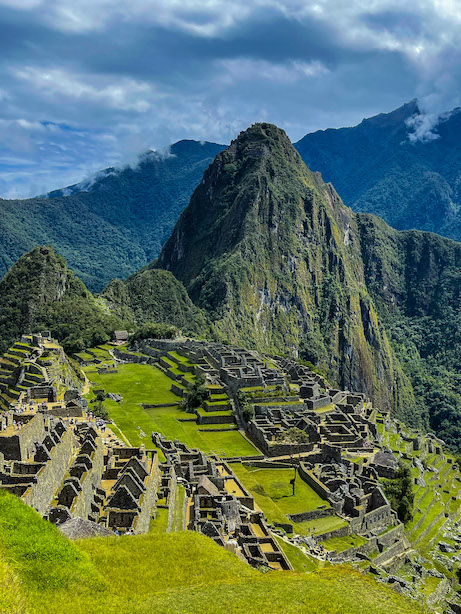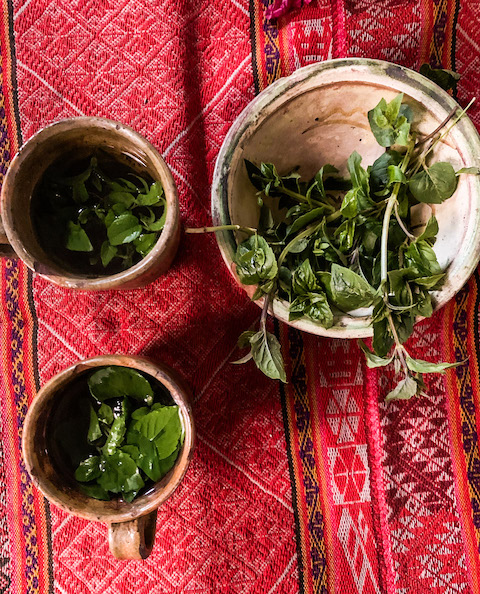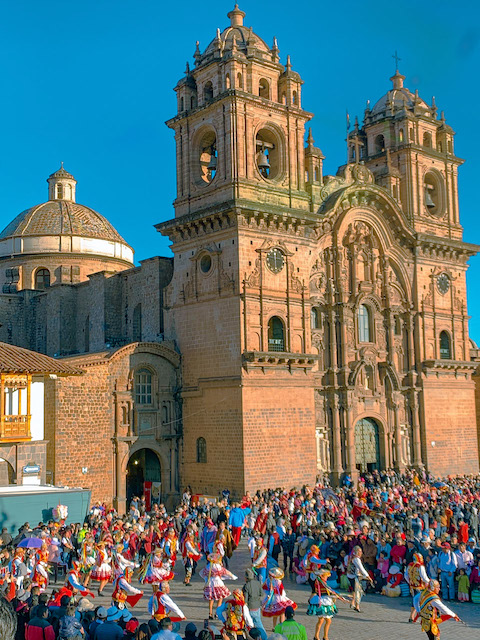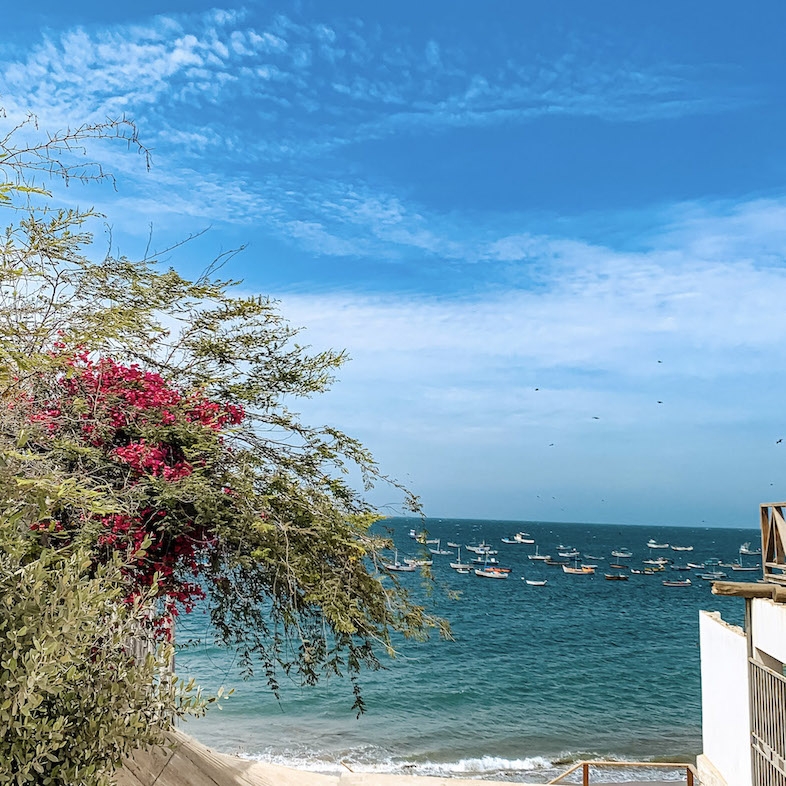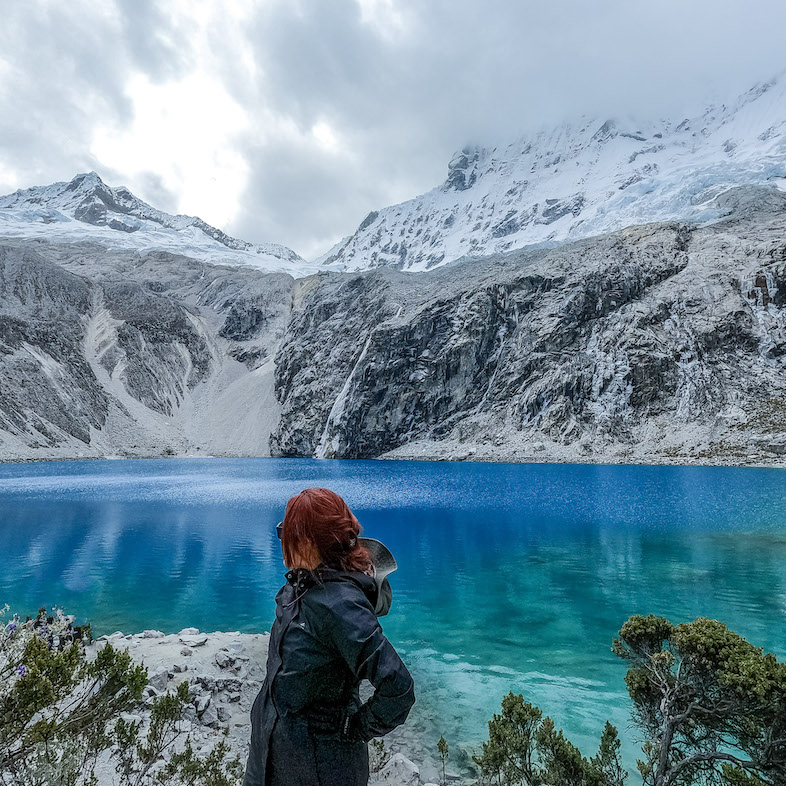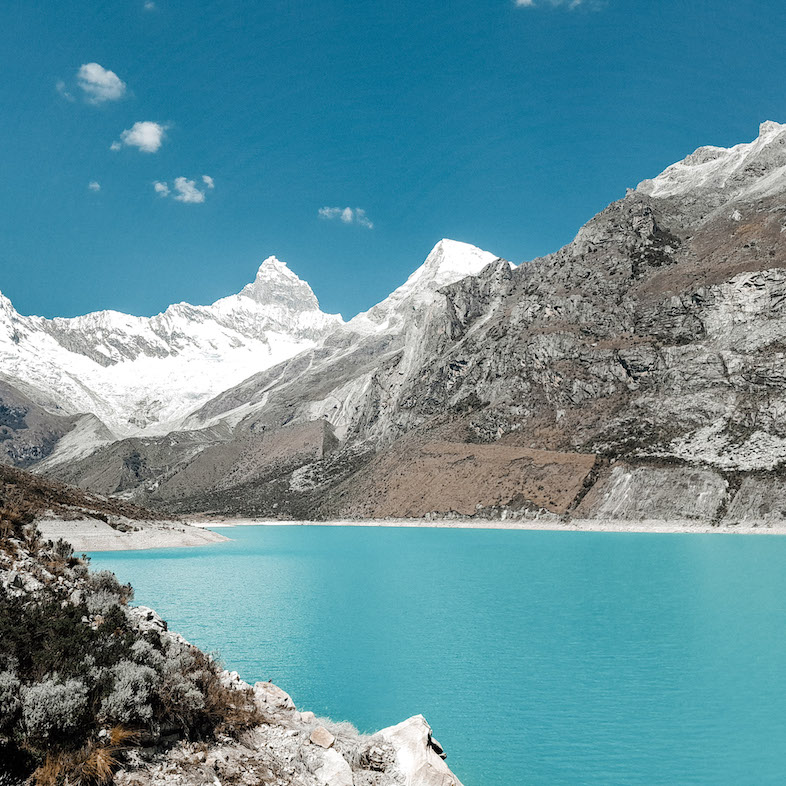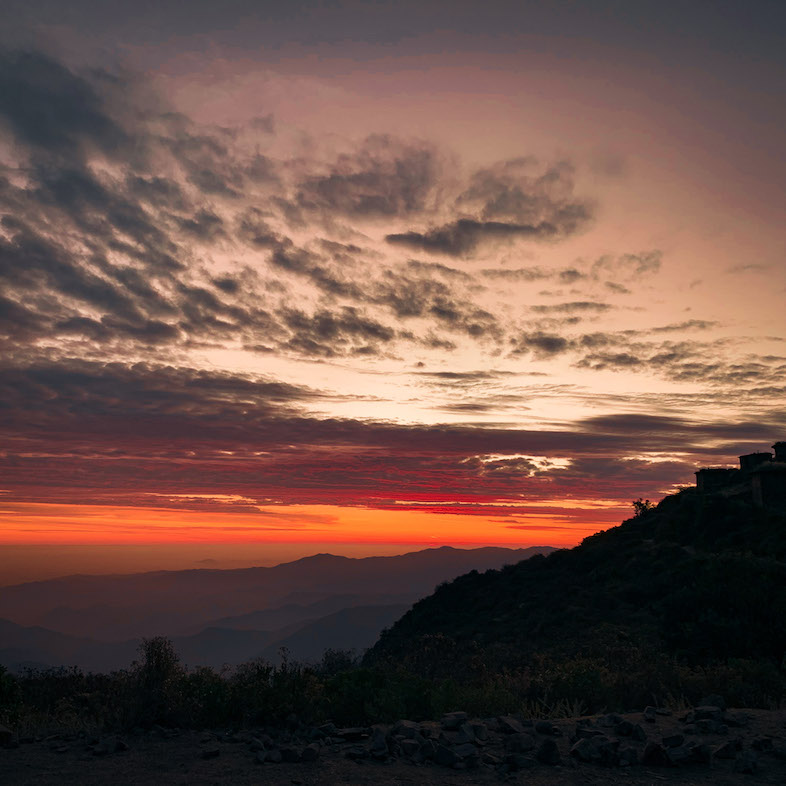Chicama Wave, Peru
Chicama, the longest left wave in the world. Many surfers around the world, go to the north of Peru for trying the famous Chicama wave. This a must for surfers. Chicama is the perfect longest left wave in the world. It can even measure more than 2KM/ 1.24 miles long. In my case, I don’t surf but went there because my partner does. If you don’t surf, I recommend you to choose another place to stay. The beach is not so enjoyable, the wind is strong and makes it hard for a sunbathing and the sea is a little bit cold (surfers don’t mind this since they are wearing a wetsuit). How to get there Puerto Chicama, also known as Puerto Malabrigo, is 30 KM/ 18 miles away from Trujillo, the north of Peru. From Lima you can buy a fly ticket for USD $150 (70 minutes) or you can take a bus between USD $15- 45 (8 hours and a half). There is a wide service of bus tickets in Peru (hence the wide range of price). If you want to know the most popular companies, click here. From Trujillo, go to Terminal Terrestre Santa Cruz and buy a ticket for USD $2.50, after one hour and a half bus ride you will drop off right at Puerto Malabrigo. Best time to surf Chicama Wave The best time of the year to surf in Chicama is from April through October. However, as you should know as a surfer it is better to check the swell and wind info some days before you are planning to go. Just to double check. Where to Stay in Puerto Chicama Chicama Boutique Hotel is one of the most popular hotel there. It has some amenities such as a sauna, gym, jacuzzi and a swimming pool with a great view to the beach. It costs around $165 per night. If you are looking for a cheaper place, I recommend Surf House Chicama. It costs $65 per night. They have a bedroom with an amazing view to the beach, ask if it’s available. When I went to Chicama, I stayed in both hotels since I like to move and try different places. Both of them are really good, it depends what you are looking for, if you want to be a little bit spoiled or just a simple place is ok for you. Where to eat The food in the north of Peru is amazing. If you are a fan of crabs you should try “Cangrejo reventado”. When the crab is getting cooked it is cracked so all the ingredients mix with its flavor. It’s deliciouuuus. Cangrejo reventado, Sal y Mar Ceviche de Pescado, El Rinconcito del sabor Arroz con mariscos y cangrejo reventado,El Rinconcito del Sabor Restaurante Sal y Mar The average price of dishes is 35 SOL/ USD$10. Restaurante Picanteria El Rinconcito del Sabor A Picanteria is a traditional Peruvian restaurant, usually very simple, nothing fancy but with generous portions and tasty food. The average price of dishes is 35 SOL/ USD$10 and you can share for two. Recommendations Bring long wetsuits 3 mm/2mm from April to November and short ones from December to March. In the coldest months (June- August), you should bring 2 wetsuits, so you can avoid wear them wet.
Chicama Wave, Peru Read More »

